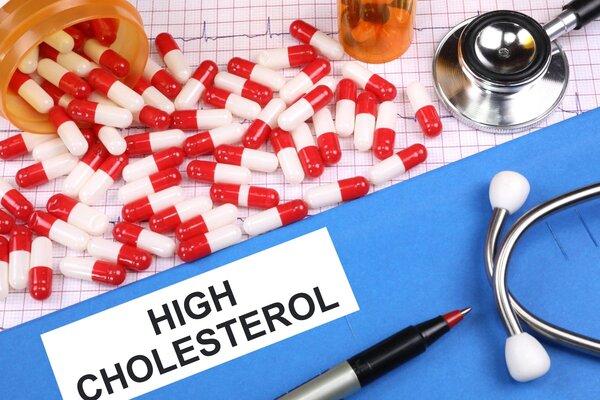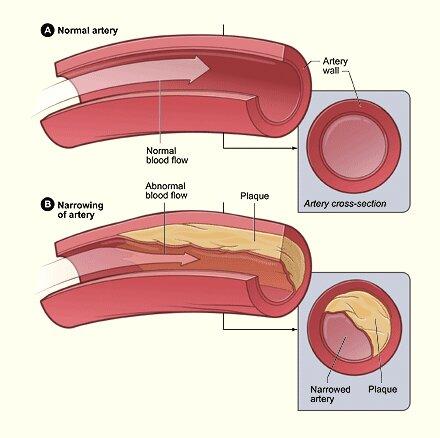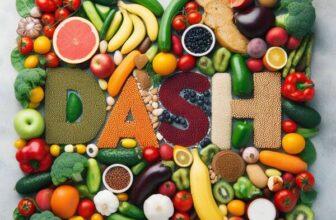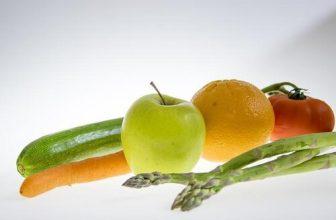
(Note: Some of the links in this post are affiliate links, and we will be compensated when you make a purchase by clicking through our links at no additional cost to you.)
Though fats and cholesterol don’t raise blood pressure directly, having a high blood cholesterol level puts you at risk for heart disease.
Should You be Concerned About Your Blood Cholesterol Number?
YES! High blood cholesterol increases your chances for coronary heart disease. Coronary heart disease is a disease of the blood vessels of the heart that causes a heart attack. It is the number one killer among Americans. You can take steps to protect your heart! Improve your cholesterol level or keep it at the right level to help reduce your risk of getting heart disease.
What Is Blood Cholesterol?
Your body makes all the cholesterol you need. Eating foods high in saturated fat and cholesterol can raise your blood cholesterol level. The higher your blood cholesterol level, the greater your risk for heart disease. Too much cholesterol can lead to clogged arteries. You are then at risk for having a heart attack, a stroke, or poor circulation.

The illustration shows a normal artery with normal blood flow (Figure A) and an artery containing plaque buildup (Figure B).
What Are Good And Dad Cholesterol?
HDL “good cholesterol” helps clean fat and cholesterol from arteries, carrying it to the liver for removal from the body. LDL “bad cholesterol” deposits cholesterol in your arteries and causes them to become clogged.
Have Your Blood Cholesterol Checked.
All adults age 20 and older need to have their blood cholesterol checked at least once every 5 years. More frequently than every 5 years for people with cardiovascular disease risk factors. Ask your doctor to do a simple test to measure how much HDL and total cholesterol is in your blood.
Here’s What Your Blood Cholesterol Numbers Means:
| Total blood cholesterol | ||
| Desirable: | Less than 200 mg/dL | Good for you! Try to keep it below this number. |
| Borderline: | 200 - 239 mg/dL | Be on the alert! You are at risk for a heart attack. You need to make changes in your lifestyle. |
| High: | 240 mg/dL or higher | Danger zone! You have a higher risk for a heart attack. Seek help from your doctor to lower your cholesterol level. |
| HDL - cholesterol | 35 mg/dL or higher | Being physically active can help raise your HDL. |
If the total blood cholesterol number is higher than 200, or if your HDL is lower than 35, your physician may order blood tests to check your LDL cholesterol level. The test will let you know if you need treatment. Take charge and work with your health provider to lower your risk.
| LDL cholesterol | |
| Desirable: | Less than 130 mg/dL |
| Borderline: | 130 - 159 mg/dL |
| High: | 160 mg/dL or more |
Take Action To Keep Your Cholesterol Number Low. Follow These Steps:
1) Eat Foods Low In Saturated Fat And Cholesterol.
Choose foods that are low in fat and cholesterol. Saturated fat is the most harmful to your body. Animal foods like steak, butter and cheese have a lot of saturated fat. These animal foods also have cholesterol in them.
| MEATS, POULTRY, & FISH | |
| Instead of: | Try: |
| High-fat meats | Lean meats, poultry without skin, fish bean and grain dishes |
| Fatback and bacon | Skinless chicken or turkey thighs |
| CURED MEATS | |
| Instead of: | Try: |
| Pork bacon | Turkey bacon, lean ham, Canadian bacon (These choices may be high in sodium. Be sure to read the food label.) |
| Pork sausage, ground beef, and pork | Ground skinless turkey breast |
| DAIRY PRODUCTS | |
| Instead of: | Try: |
| Whole milk | Skim (nonfat) or 1% milk |
| Whole milk chesses | Low fat or part skim milk cheeses |
| Cream, evaporated milk | Evaporated skim milk |
| Sour cream | Low fat yogurt |
| FATS, SPREADS, AND DRESSINGS | |
| Lard, butter, shortening | Small amounts of vegetable oil |
| Regular mayonnaise, regular salad dressing | Mustard and nonfat or low fat types of salad dressing, yogurt, or mayonnaise |
Here are additional ways to fix low-fat, low-cholesterol foods:
- Bake, broil, steam, roast or poach foods. Serve without fatty sauces.
- Cook more fish and poultry (light meat). Trim off all excess fat before cooking. It may be OK to cook poultry with the skin on, but remove the skin before eating the poultry.
- Drain all meats on a paper towel after cooking. The towel will soak up extra grease or fat.
- Season foods with herbs, fruits and vegetables. Do not cook with saturated fat (butter, lard, bacon, etc.).
- Cook with small amounts of vegetable oils (canola, olive, peanut, safflower, sunflower, corn, cottonseed, soybean, sesame). Make salad dressings with small amounts of one of these vegetable oils.
>>> Discover The Top DASH Diet Cookbooks To Help Lower Your Blood Pressure
2) Keep Moving.
Do 30 minutes or more of physical activity most days of the week. You can do 10-minute sessions at different times during the day. Choose activities you enjoy. For example:
- Walking
- Jogging
- Gardening
- Bike riding
- Climbing stairs
- Playing sports
3) Maintain A Healthy Weight.
Take steps to lose weight if you are overweight. Try losing weight slowly.
- Cut back on foods high in fat will help cut calories. Use the food label to choose foods lower in fat and calories.
- Eat smaller portions.
- Eat fruits and vegetables at meals and for snacks.
- Bake, broil, roast, stew, or microwave your food instead of frying.
- Stay active every day.
Featured Image Credit: High Cholesterol by Nick Youngson CC BY-SA 3.0 Pix4free.org







